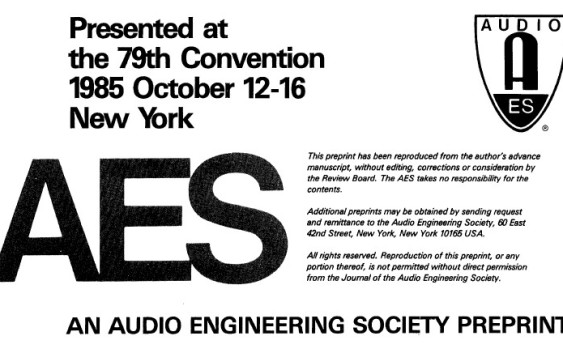Corrente di picco richiesta dai diffusori hi-fi

Presentato alla Audio Engineering Society 79th Convention
del 12-16 ottobre 1985 – New York
Matti Otala
Otamation Inc., Helsinki, Finland
Pertti Huttunen
Polarpro Inc., Kuusamo, Finland
Abstract
Measured terminal impedances of several commercial loudspeaker
systems are developed into their equivalent electrical circuits by using the Brune network synthesis method. The synthesized circuits accurately describe the properties of the load as seen by the amplifier feeding the loudspeaker system.
A group of non-sinusoidal audio signal sequences, which cause the loudspeaker system to draw momentary currents considerably in excess of what could be expected from the rated terminal impedance is identified using computerized network analysis methods. The maximum value of peak current reported for a commercial loudspeaker system is 6.6 times larger than that of an eight ohm resistor. The current peaks typically last a few hundred microseconds.
The current peaks are caused by simultaneous parallel excitation of several of the drivers of a multiway system, by summation of cancellation currents originating from the energy stored in the mechanical and electrical reactances of the circuit, and by impedance transformation effects in the crossover network.
The results imply that for short periods of time an amplifier should be able to drive, with full output voltage swing and without appreciable distortion, loads equal to a resistor of one ohm.
